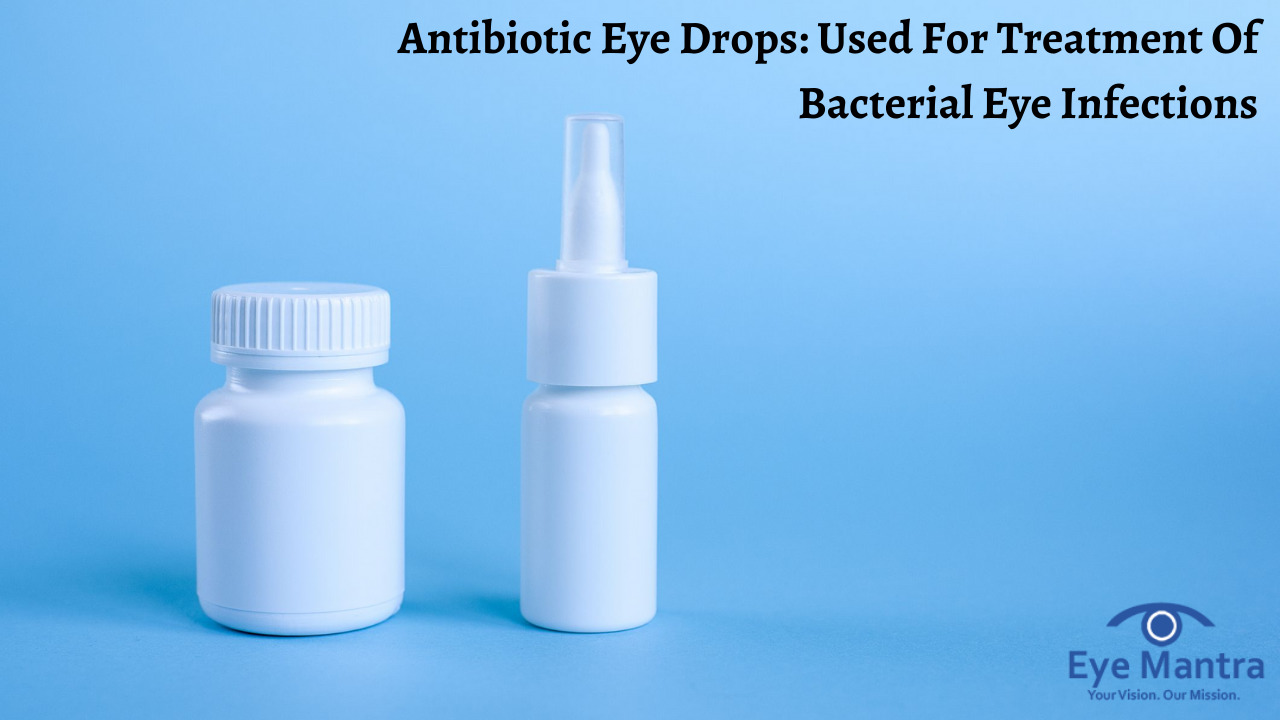

'As pharmacists become more involved in primary health care, they have a duty here to be fully informed and counsel patients appropriately,' he adds.What are the different types of pinkeye medicines? But in the case of antibiotics, policymakers need to balance this aim with our new evidence on how such moves affect overall usage,' says Dr Rose. 'The move to provide greater convenience and involve patients more in their treatment choices is a worthy goal. However, the Chief Medical Officer Liam Donaldson has stated that no further antibiotics should be made available at the chemist. Another antibiotic for treatment of chlamydia was made available over the counter in 2008 and the MHRA has consulted about making an antibiotic for urinary tract infections similarly available. While chloramphenicol has been around for 50 years and there have been very few problems with bacteria acquiring resistance, the researchers are worried that this is the 'thin end of the wedge'.

That means total chloramphenicol use has increased from 2.30 million in 2004 to 3.40 million in 2007, a 47.8% increase. The number of GP prescriptions for chloramphenicol fell from 2.30 million in 2004 to 1.94 million in 2007, while over-the-counter prescriptions by pharmacists have increased since they began in June 2005 to 1.46 million in 2007.

They also used figures from IMS Health for the number of packs of chloramphenicol sold to pharmacies between January 2005 and December 2007. The Oxford University researchers in the Department of Primary Health Care obtained monthly figures on chloramphenicol eye drop prescriptions issued by GPs in England between 20 from a national database that logs all NHS prescriptions. Around 80% of cases of conjunctivitis get better by themselves.įollowing the results of these trials, the number of prescriptions for eye drops made by GPs has gradually dropped, but this has been more than made up by the increase in sales by pharmacists. The consensus of these results in both children and adults was that the eye drops did little to speed resolution of the conjunctivitis in the majority of cases. This was part of a move to widen access to safe and effective treatments, and empower patients in making decisions about treatments without having to spend time visiting their doctor.Īt around the same time in summer 2005, three separate clinical trials (including one by the Oxford group) were published that compared the use of antibiotic eye drops against placebo for treating conjunctivitis. In June 2005, the Medicines and Healthcare Products Regulatory Agency (MHRA) announced it was reclassifying chloramphenicol eye drops for the treatment of acute bacterial conjunctivitis so that they could be obtained at pharmacies rather than needing a prescription from a doctor. 'We've shown that selling eye drops over the counter for conjunctivitis has resulted in greater use at the same time as the evidence showed they have little benefit.' 'It's very important that antibiotics aren't used where they're not needed,' says Dr Peter Rose of the University of Oxford, who led the research. The findings, published in the British Journal of General Practice, have implications for further decisions on over-the-counter availability of antibiotics, as it is a widely accepted priority to reduce antibiotic use substantially to limit bacteria acquiring resistance to the drugs. This is despite the fact that evidence from clinical trials from around the same time showed the eye drops to have minimal benefit.


 0 kommentar(er)
0 kommentar(er)
